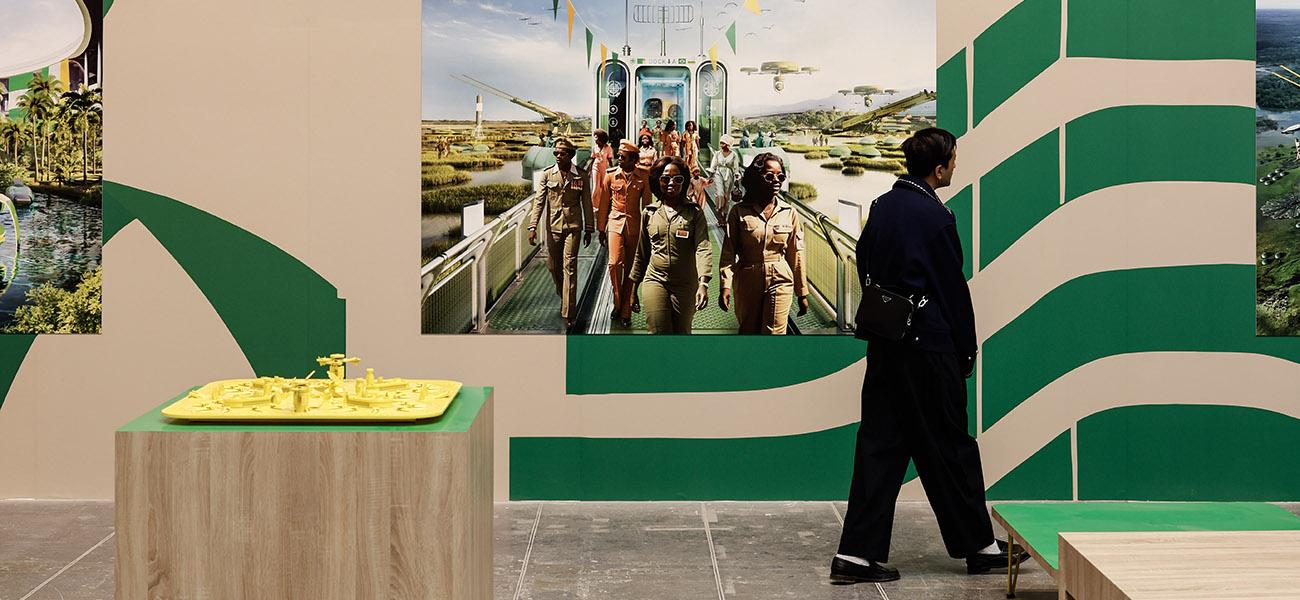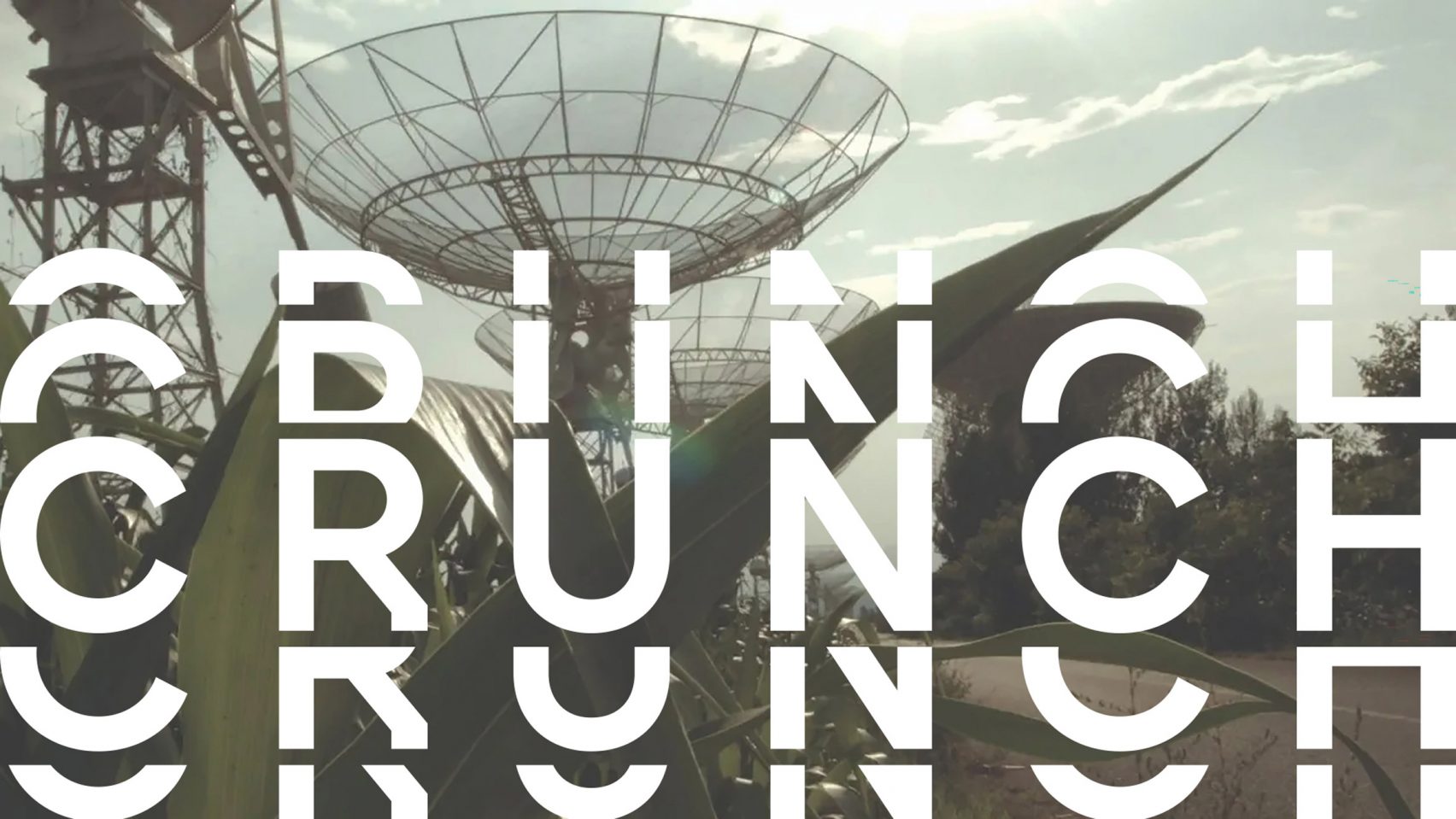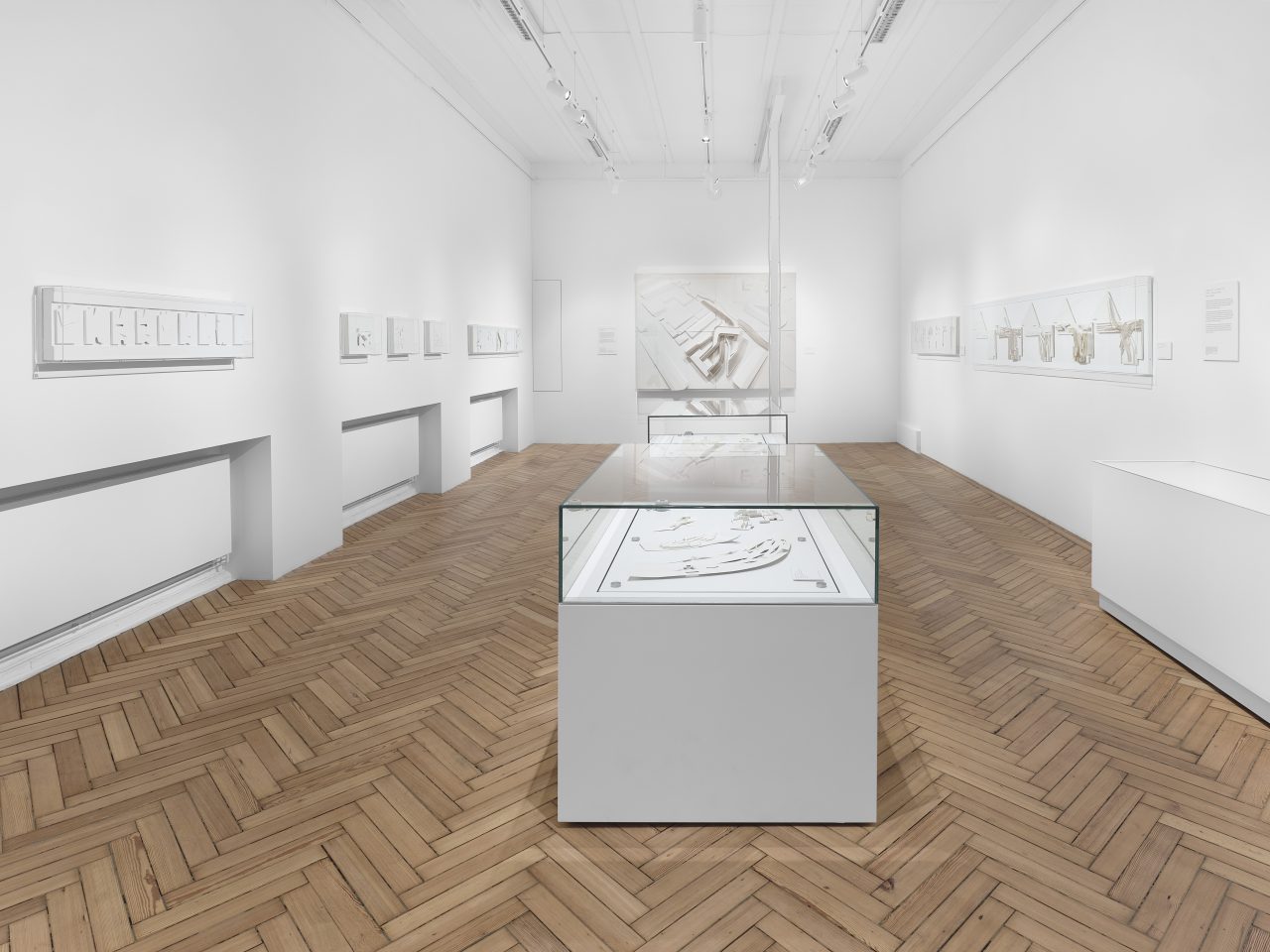
Location and Working Hours
350 Merrick Street, Downtown Los Angeles, Los AngelesCurators
SCI-Arc (Southern California Institute of Architecture)Views of Planet City – Visions of the Future
A Curatorial Perspective on Two Objects
Liam Young’s Planet City and Damjan Jovanovic’s Planet Garden both investigate a scenario, inspired by biologist E.O. Wilson’s Half-Earth hypothesis, in which humanity has reached a global consensus to retreat from its vast network of cities and supply chains into one single megalopolis, leaving the remainder of the Earth to regenerate. While Young’s world building project belongs in the genre of speculative design, Jovanovic works in the field of software and game design.
Young’s Planet City breaks away from science fiction’s traditionally dystopic depictions of the future, depicting instead a vibrant, celebratory co-mingling of the planet’s cultural diversity. His Planet City is based on already existing or currently emerging technologies—technologies that promise to radically reconfigure urban infrastructures and replace those productive landscapes that support urban life with something more efficient, more sustainable, and more integrated in the urban fabric.
Jovanovic’s self-playing game is a nonlinear narrative that invites active participation from the audience, where players are put in the role of stewards of a vast metropolis, having to navigate a delicate balance between urban life and ecosystems preservation. In Jovanovic’s game, Planet City is built through an ongoing process of collective reconfiguration where the players, aided by an advanced conversational AI, are tasked with making choices that will sustain the coexistence of natural and urban worlds.
Both artists are originally trained as architects, thus their two works may be said to represent two examples of “architectural futures”—architecture’s own contributions to the fields of strategic foresight and futures research. On a more granular level, the technologies referenced in Young’s film and the ideas that suffuse Jovanovic’s game both point to technical and cultural objects that are virtually existent, though not necessarily fully realized or widely implemented in our world. In that sense, the two works represent two instances of what may be termed “virtual architecture:” a way of thinking spatially about structures that are already formed or forming in our present, with a certain degree of likelihood to reach some kind of realization in the future.




